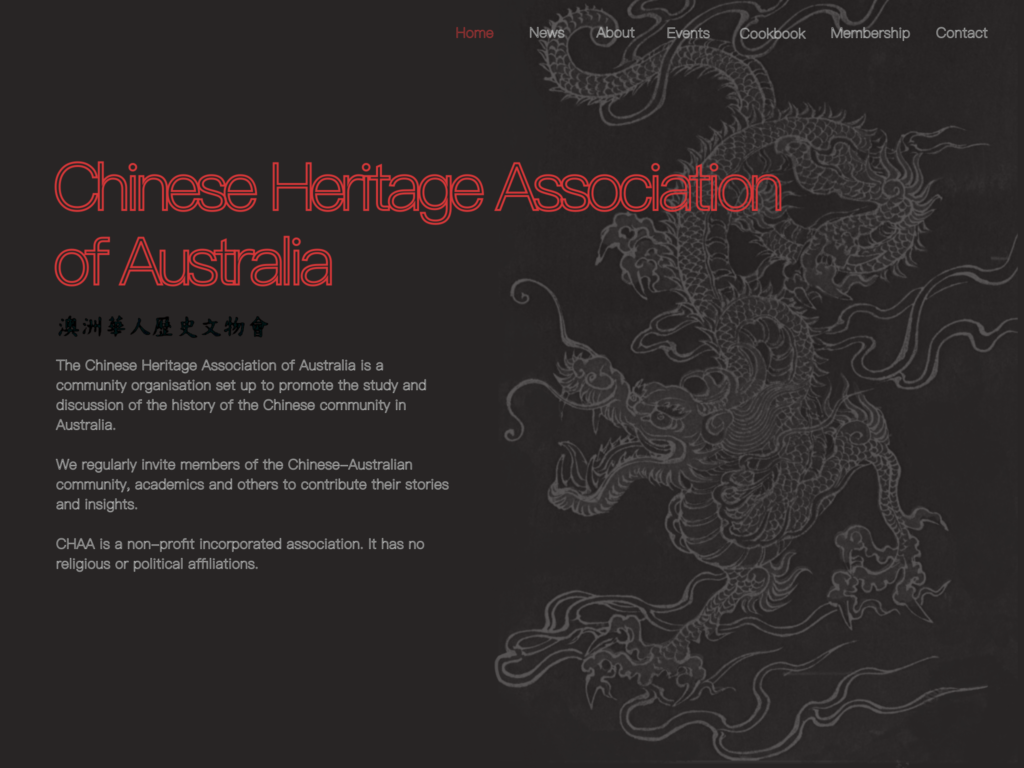My Website! Check it out!
Note: It is a work in progress, and domain will change later too.
HOW I’M FEELING
The experience of working on this project has made me fall even deeper in love with history – the feeling leaves me swindled and woozy and happy and proud. I feel the heroism that a historian earns from playing a part in preserving and sharing stories. I’ve finally made a mark by delivering a somewhat historic permanence to the stories I’ve shared, keeping them from being lost to the oblivion of fading memory. It’s impossible to articulate the emotions, but it is the feeling of having achieved one’s purpose.
ARGUMENT
The key argument underlying the project’s development and presentation is the idea that there is value in small, localised histories, as these stories are highly demonstrative of the wider narrative attributed to immigrants adapting to their new, foreign contexts over time. The stories and histories of these individuals, despite their worth, are unfortunately often forgotten, fading away from memory – as such, the project is an attempt to preserve a part of these histories in the stories attached to each of the featured community-submitted recipes. The essence of the project is also its ability to dispel the illusion that dishes adapted to westernised palates are not a part of our culture. I wanted to ensure that these dishes are viewed rather as a testament to the history of those who have moved to a foreign country and adapted to their circumstances. The dishes of Chinese-Australian cuisine do not represent a singular entity, as its adaptations over time now make it a beautifully intertwined mixture of two distinctly different cultures.
PRIMARY SOURCES
The project, as it highlights different personal experiences with the recipes, allowed me to shift my focus significantly towards oral histories as my primary sources. The oral histories were collected in the form of short interviews – either through face-to-face or online meetings. I had planned to reach out to members of the Chinese Heritage Association of Australia – however it was difficult for this to come to fruition in such a short time span. I had to discover alternatives to find members of the community that were willing to participate in the project. I found some success with posting on social media, asking friends and co-workers, and visiting the 89 Billiards Club, a mah-jong and pool hall that my grandfather frequents, which in retrospect could have been a great organisation to explore the history of.
SECONDARY SOURCES
The highlighted personal histories of each of the dishes that I found from my participants was also supplemented with information from secondary sources, such as websites, articles, and book chapters that focused on contextualising the origins of these foods in China, and their change in taste and popularity in Australia. The secondary sources with the most benefit to the project had to be Nichol’s article written about ‘cookshops’ present in the early gold-rush era, which inspired the addition of a page dedicated to this early food history. I also found Tong’s discussion of the adaptation of different dishes to suit westernised palates to be extremely useful in arguing against the ‘inauthenticity’ of the recipes that were provided, arguing that these dishes are rather a testament to the adaptability of our culture and the effects of living in a different society. I was also able to use personal culinary knowledge as a source to draw from to describe the dishes in comparisons to highlight the changes derived from existing in a different geographical context with a much different palate.
BENEFITS
The idea for this project was to make the histories of the community more accessible to all, rather than with a journal article or essay that limits the audience significantly. The dishes and recipes featured on the website, as food is a universal language, can be a gateway into exposure to the interesting and personal nature of family and community histories. I am estimating for the cookbook, once published on the organisation’s website, to have an audience consisting predominantly of older members of the community, as this is the current demographic for interest in the Chinese Heritage Association of Australia. I would like to promote the website further through social media platforms, such as Instagram and Facebook to ensure that the cookbook receives the traffic it deserves from younger audiences as well. I feel that the project will be a way to express and highlight the value of preserving the smaller histories generally forgotten with time, demonstrating that these histories hold individual significance while simultaneously constructing the wider narrative of immigration, life in a foreign country, and the inevitable cultural change that comes as a result.
SIGNIFICANCE
The project that had been envisioned was one that was accessible for all members of society, in both the context of audience, as well as geographical location. The history of the community that we are sharing is unfortunately not explored enough, as in both primary and high schools, the country’s history is shown as dichotomised and polarised, with only two sides – the subjugated native peoples and their colonial oppressors. I am passionate about the project as I do believe that it is a significant contributor to demonstrating the value in Chinese-Australian histories, and I hope it inspires others similarly. I believe that the project will grow the Chinese Heritage Association of Australia, as it draws in more individuals that will grow to understand the significance of preserving stories from family and community histories.


